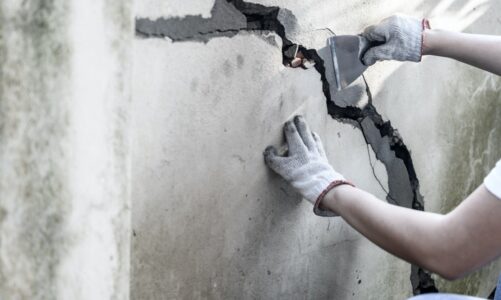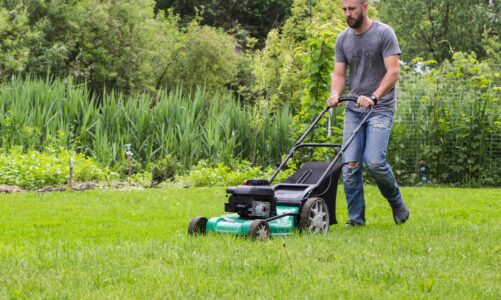Succulents are attractive to many people because of their juicy leaves – so we can see them in many homes as decorative plants. You may like succulents because of their beauty – or because you have heard that they are plants that are resistant to the sun and should not be watered too much. Many people think that these plants can survive just about anything – however, this is not true. Although they are resistant, succulents still require some care, and too much sun can harm these plants.
The Magic And Beauty Of Succulents
If you look at web pages related to interior design – you will almost always come across incredibly popular succulents. They are equally unavoidable in all flower shops and stores that sell home decoration items. They owe their popularity to a fact that they are very easy to maintain – so they will survive even in the homes of those who don’t have too much talent for horticulture. Although seemingly simple, succulents hide a handful of secrets that make them even more magical. If you’ve been wondering where their unusual name comes from, the answer lies in ancient Latin. The Latin word “Sucus” means the juices found in the leaves. This is exactly the reason why these plants can survive in extremely dry and hot conditions. Many of them also have a waxy layer on the surface of the leaves – which helps them retain moisture for a longer time.
They Come From The Hot Areas – So Give Them The Sun
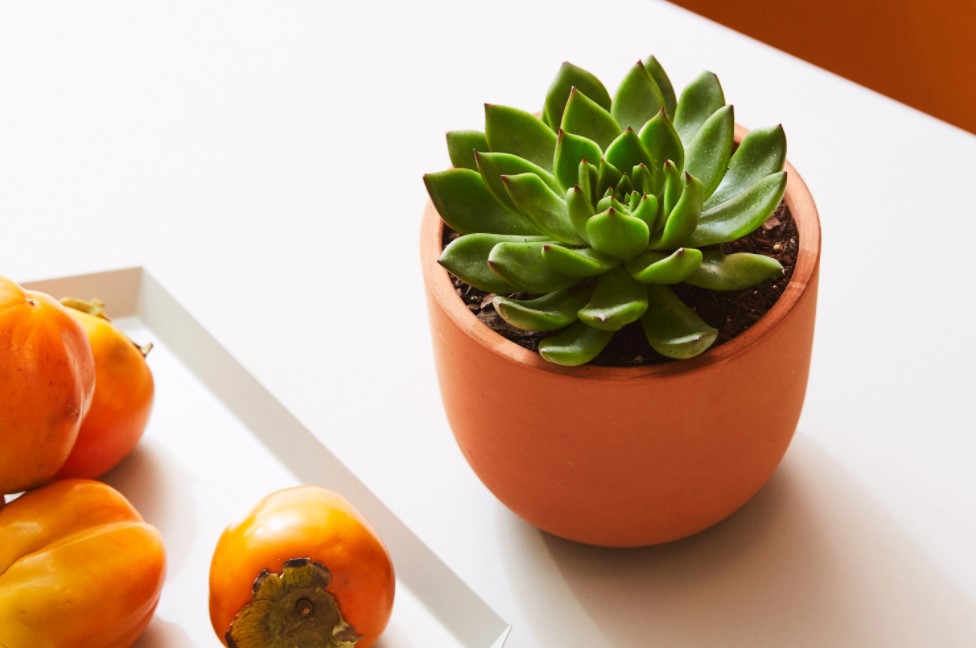
Although they can be found all over the world today, succulents originally originate from the dry and hot areas of Africa and Mexico. Dry soil in these areas is crucial for their growth and development – and they don’t need a large amount of water. Therefore, when you grow them in your home, these plants can survive in dry and hot rooms. It is enough to water these plants every 7-10 days. Great news, isn’t it? Since these plants originate from the desert area – they love the sun. They prefer almost everything – from strong to moderate sun. However, you should be careful, and not expose them to the midday sun which is strong even for them. In this case, the plants may lose fluid in their leaves and may dry out. In addition, many succulents will let you know by the color of their leaves that they have had enough of the sun. Then you can move them to a place that will give them enough light and heat – but where the sun will not be so strong as to damage the plant itself.
Where Is The Best Place For Succulents In Your Home?
It is advisable to find a window facing south and place your plants there – because that way you will have enough light throughout the day. Succulents in colors such as orange, purple, or other bright shades prefer light. Therefore, growing them in the garden is better for them than growing them in a pot or a jar. If you plan to grow these plants in the apartment, buy greens – because they can tolerate less light. According to the advice you can find on the succulent market – when it comes to sun exposure, we know that succulents love the sun. Still, even with what you like, you shouldn’t overdo it. It is the same thing with succulents and their exposure to the sun.
Watch Out For Symptoms
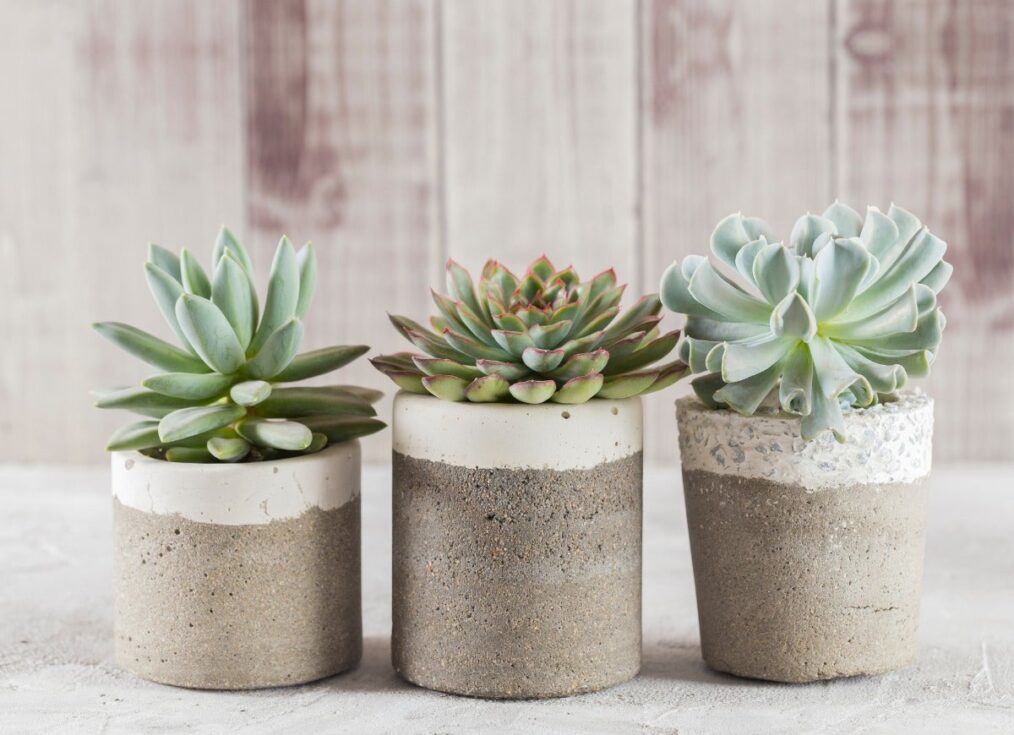
The story of succulents and their love for the sun always goes hand in hand with watering. Namely, it is like a story about Goldilocks. It is necessary to add neither too much nor too little water – but just enough as it’s supposed to be. On average, you should water these plants up to twice in two weeks. However, that also depends on where your plant is placed. Is the position such that the plant is exposed to the sun all day long, or is the sun of moderate-intensity at the place where you placed it? That is something you must look out for and always monitor and observe the plant. As doctors would say: Watch out for symptoms!
The Mistakes With Watering And Sun Exposure
If you expose your succulents to strong sunlight or do not water it almost at all, or you water it too much – it may happen that juicy leaves start becoming flattened, dry, darken or even fall off. Still, you should know that if you find darkened or dead leaves on the bottom parts – this shouldn’t cause panic. This is perfectly normal and you are only expected to remove them. Gently tear it off and that’s it. The bad news is if the leaves fall off, are yellow or see-through, or are gooey when you touch them. The most usual cause is plenty of water, so let the soil dry first, and then you water the plant again. Dark spots can also be a sign of excessive watering, in which case you need to cut off the leaves from the top, remove the parts with black spots, wait 3-7 days for it to dry – and then transplant it to new soil.
Sun Exposure After The Winter Period
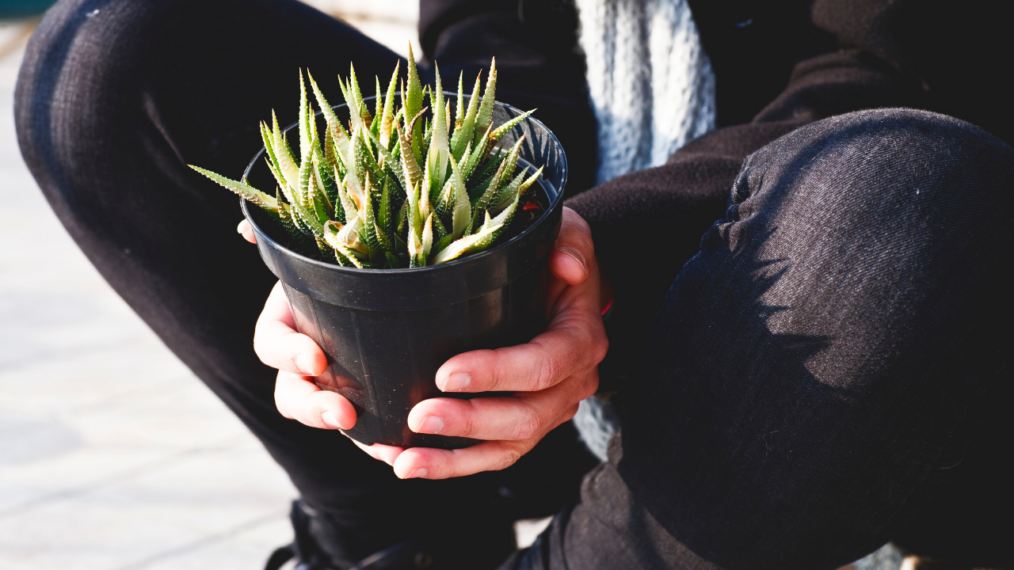
For a start, it is enough to just take the plants out to get some air. The sun can be quite strong for plants that have spent 5-6 months in the cold and shade. Therefore, protection from long exposure to direct sunlight is a must. You can do this either by placing a net on your windows – or by keeping the plants in partial shade. Glazed windows and balconies can make the situation even worse – by raising the temperature and increasing the sun’s radiation. Just one day can be enough for burns to appear on the plants. However, this also depends on the type of plant, because some succulents are more resistant than others.
The Bottom Line
So, although they belong to the category of very resistant plants, succulents are not indestructible and require some care. In general, these are less demanding plants than others, but we still have to take proper care of them. Although they love the sun very much, you have to be careful – because too much sun or wrong watering can make the plant die. It is the same with care after the winter period. Therefore, we hope that our advice will be of help to you – and that your succulents will beautify your home for a long time.


